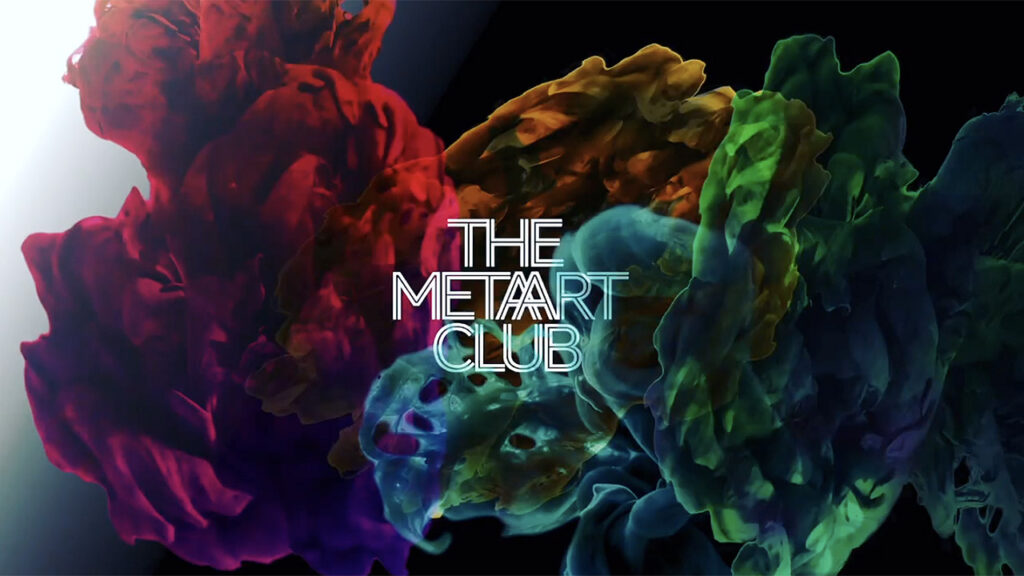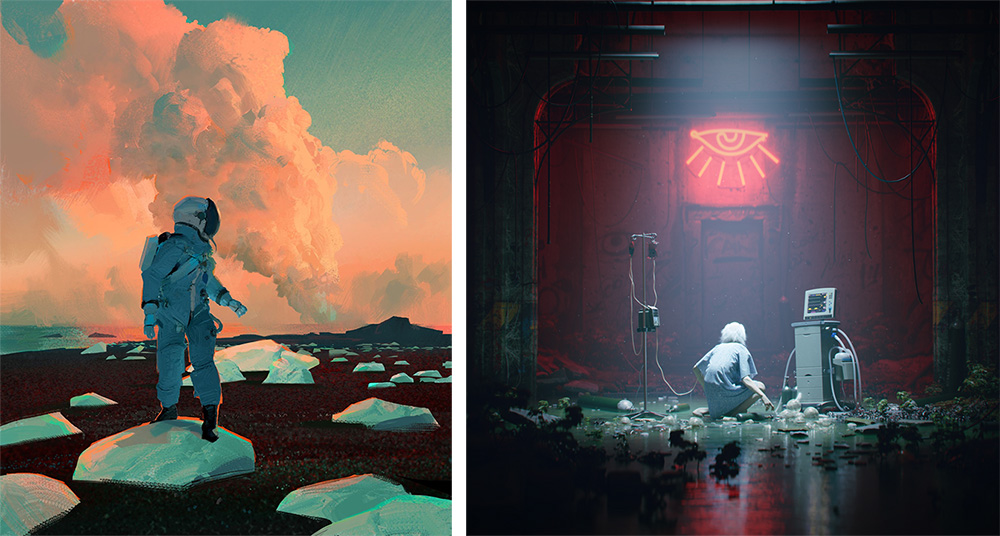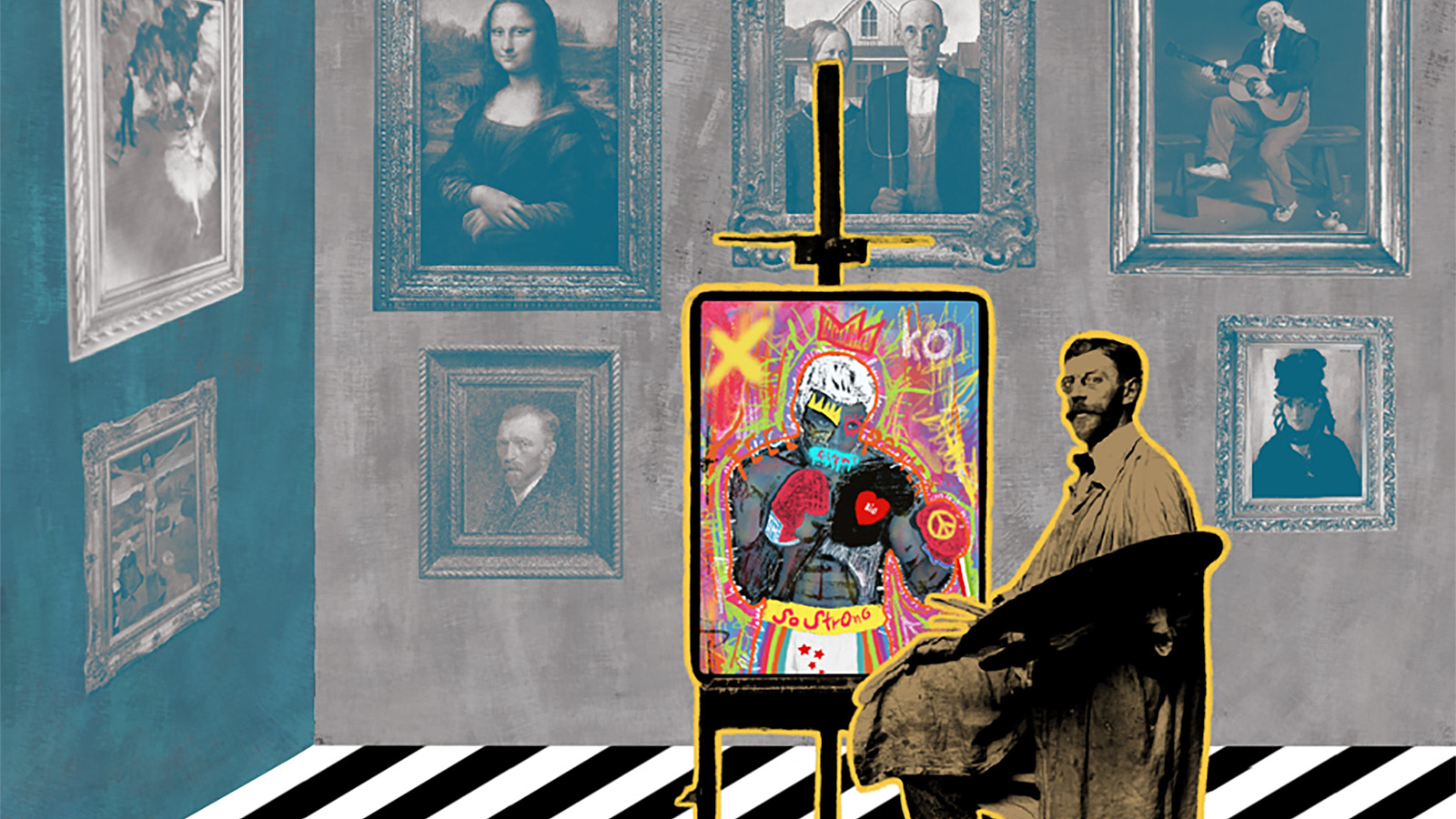As the global NFT marketplace continues to expand on the daily, it’s safe to say that, in 2022, NFTs are set to grow their footprint in the digital art space. The phenomenon is none more evident in China, where, despite a ban on cryptocurrencies, NFTs have soared in popularity and value, particularly with the participation of tech giants like Alibaba and Tencent, and cultural organizations like UCCA Lab.
But as Frank Smits, Co-Founder of the MetaArt Club (TMAC) notes, there’s further potential in Asia’s traditional collector class that’s yet to be tapped. “Eighty percent of the traditional contemporary art world’s purchasing power is [in Asia],” he tells Jing Culture & Commerce. “Why was no one physically onboarding collectors? Why were there no physical galleries dealing in NFTs?”
TMAC, then, was created to connect NFT artists to buyers eager to enter the space, with a particular focus on fine art NFTs. In December 2020, the marketplace launched with a sale of 9,888 NFTs created by 35 digital artists, including Jiaying Liu, Ziyang Wu, and John Park, Founder of Angry Ape Army. A membership program aims to cultivate a community, while a planned MetaVerse Museum in Decentraland will offer curation and virtual viewing opportunities.

The MetaArt Club launched in December 2021 with a drop of 9,888 NFTs, with proceeds from the sale going toward the Sovereign Art Foundation, a non-profit supporting disadvantaged children through arts programs. Image: The MetaArt Club on Instagram
Fine art NFTs are a new market, Smits admits, which means that mass adoption might still take a while since people are more inclined to embrace digital collectibles or profile picture projects. Then again, traditional buyers of fine art are likely ready to dive in. “Many of the fine art collectors in Hong Kong and the Greater Bay Area, as well as Singapore and Japan, have heard the news about NFTs and digital art creation,” says Levina Li, TMAC’s other Co-Founder, “and they are interested and want to learn about this.”
Here, Smits and Li expand on the Asian market for NFTs, and how TMAC hopes to bridge to the traditional and crypto collector communities.
How does TMAC hope to position itself in the current art market?
Li: As the co-founder of the MetaArt Club and Art Partners, I see a huge new marketplace for the artists and creators that we work with, and we would love to create a bigger marketplace to expand on that. That is where obviously we place ourselves, bringing the curating and connection to the traditional art world into play, and founding the MetaArt Club in order to connect established art collectors with the new NFT space that brings digital fine art to the fore.

The marketplace currently features works by an international line-up of artists from Korean American crypto creator John Park (left) to the Berlin-based multidisciplinary artist BBB3viz (right). Image: The MetaArt Club
How do you see the growth of NFTs in China?
Li: The digital art talent is definitely there and the quality of digital artists is really high. It is really a matter of policy set by the Chinese government, which is going to dictate whether the NFT market thrives or not. Given China’s advanced position at the forefront of global tech innovation, we have every confidence that NFTs will be adopted in a localized way that will ultimately create a thriving market for Chinese NFT artists.
How is the platform addressing the ecological effects of blockchain technology?
Smits: We have joined the leading NFT platform, OpenSea, which uses the Ethereum blockchain and ERC-721 Non-Fungible Token Contract, with the expectation that Ethereum will move ahead, as widely expected in the first or second quarter of 2022, to version 2.0 with a carbon-neutral focus. As co-founders of the MetaArt Club with deep ties to both the fine art world and the NFT space, we are invested for the long haul and this will certainly bear fruit with regards to our footprint moving forward. While we have not carbon offset our inaugural drop, we believe there is room to adopt greener practices for minting and burning.
What are TMAC’s thoughts on the future of NFTs, particular as they relate to the Asian art market?
Li: We have seen Hong Kong become the third biggest art market globally in terms of the art trade. In the midst of this, two major communities are now extremely well represented here, with 3 to 5 percent of all the global crypto whales based out of Hong Kong. So there is a huge crypto community here that is charting the growth of contemporary art.
While the crypto community may be savvy about collectible NFTs, they want to gain access to the fine art side of the equation as well. New authorities are being born as we speak, and the MetaArt Club was founded out of Hong Kong in order to capture the traditional art collectors, as well as crypto collectors, who want a trusted way to invest in art on the blockchain.



